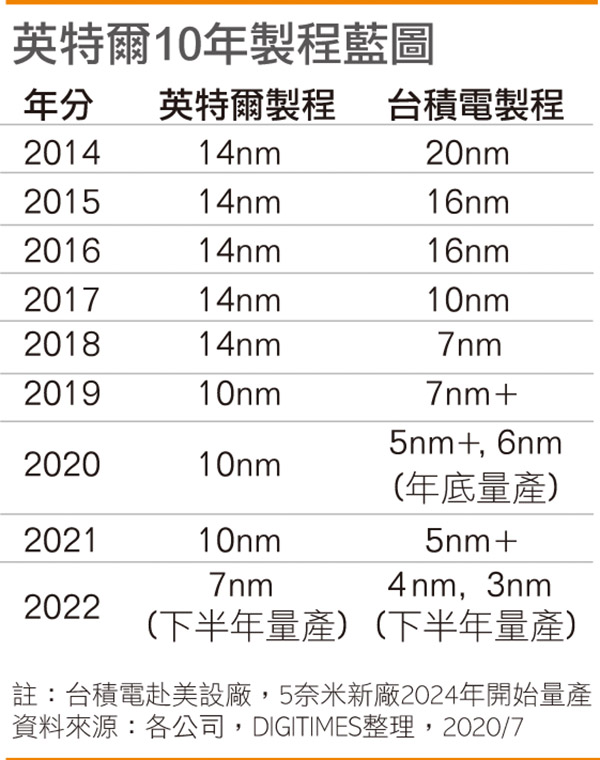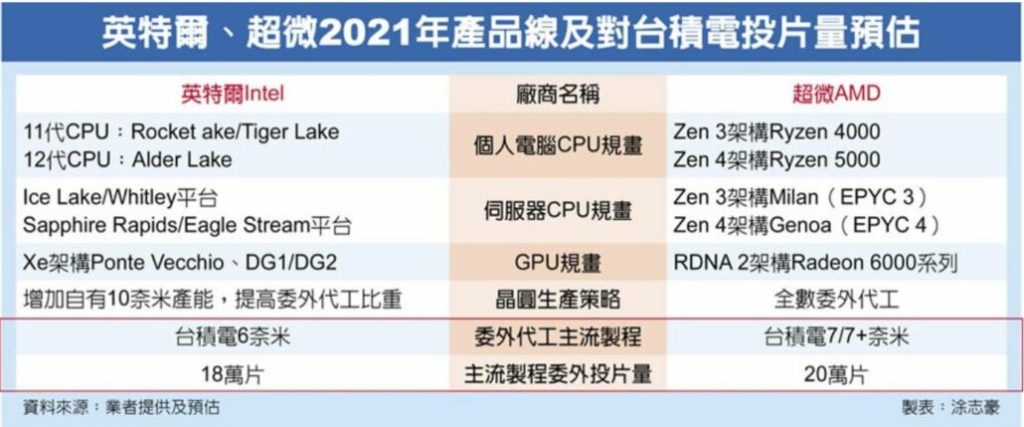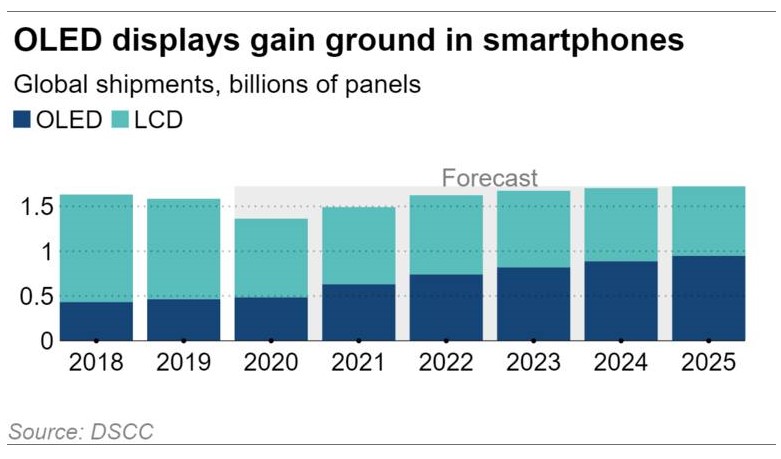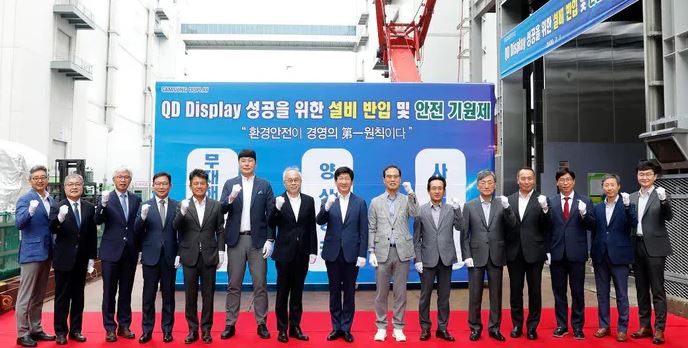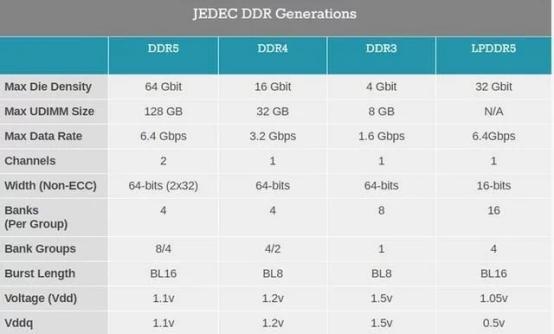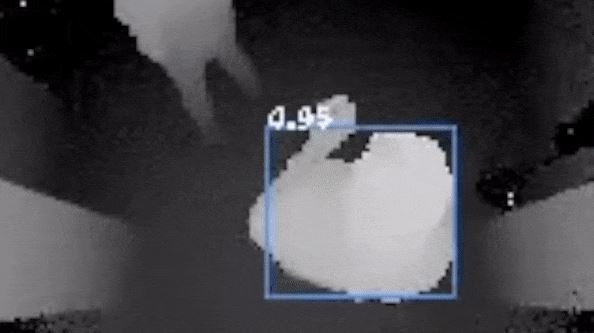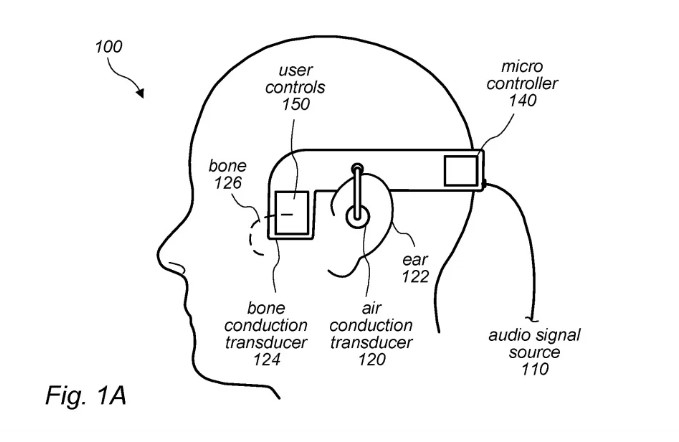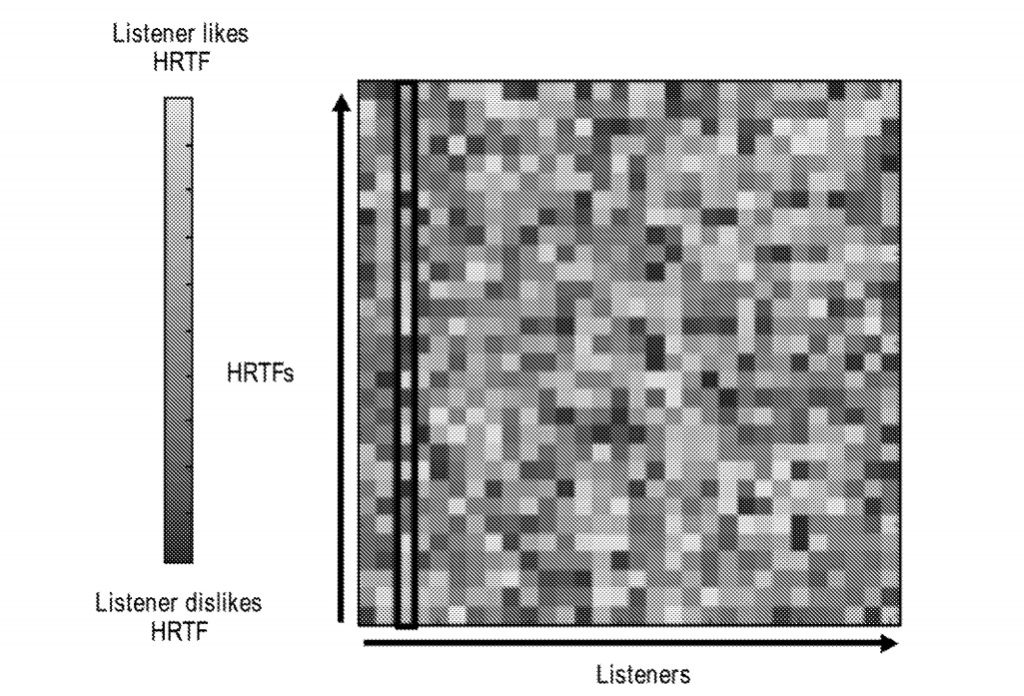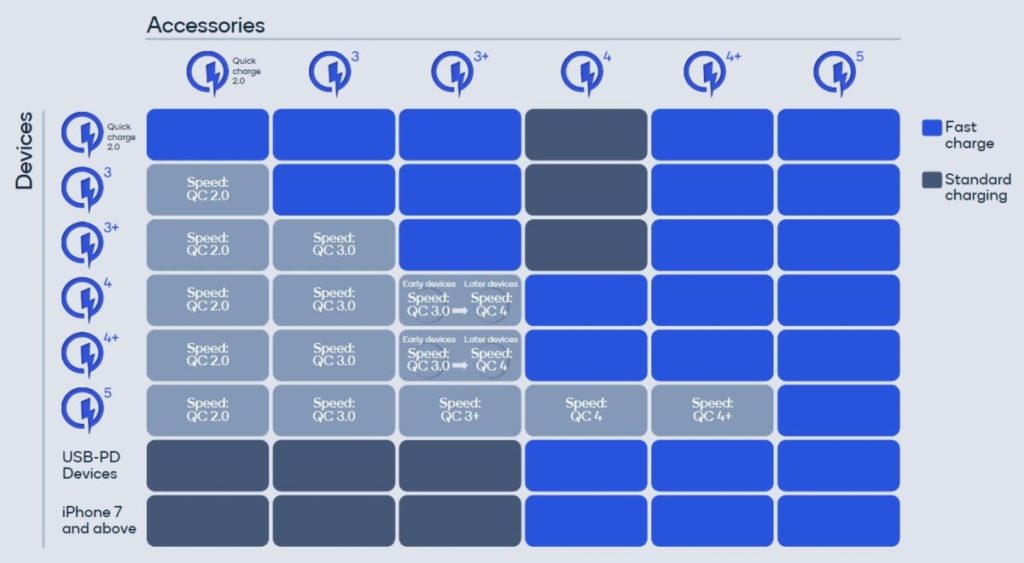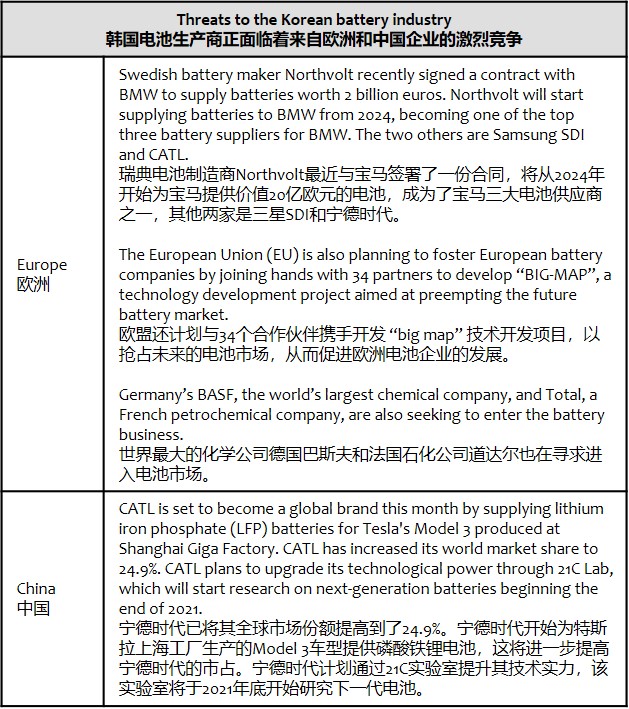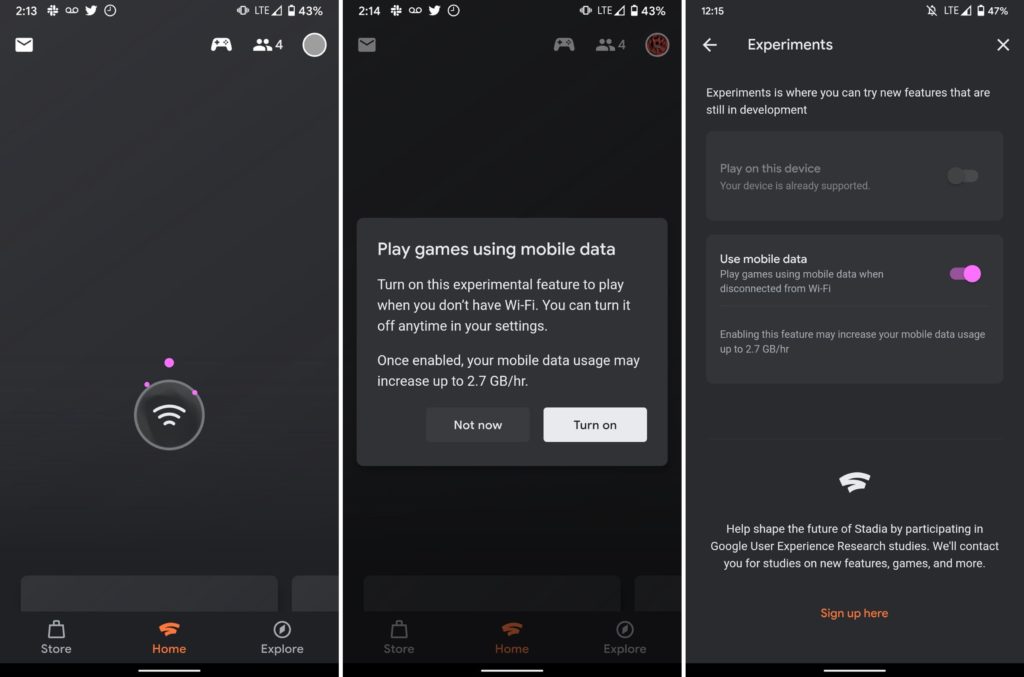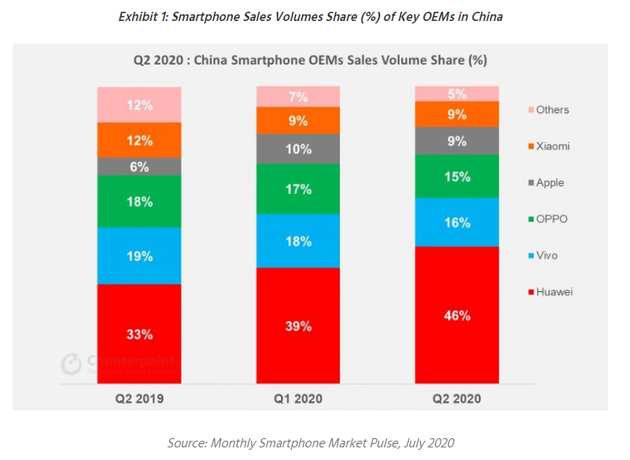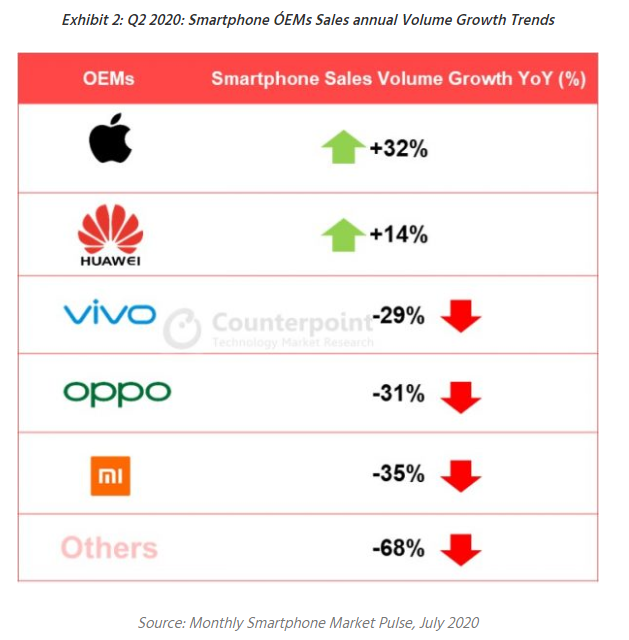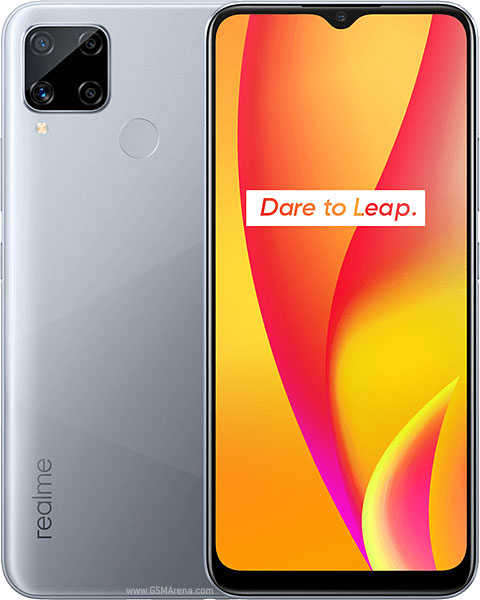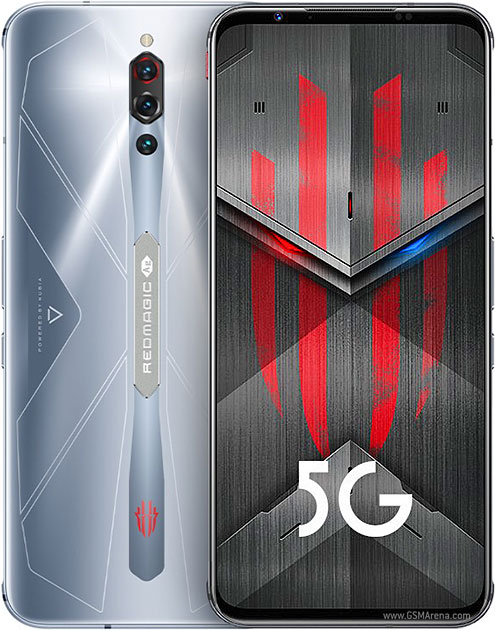
7-29 #HeadacheWeekend: Qualcomm has announced Quick Charge 5; Samsung and Google are reportedly negotiating a deal; LG Display (LGD) will reportedly supply 20M OLED panels to Apple in 2020; etc.
Intel has announced a series of key organizational changes to its technology unit, which will include the departure of the group’s engineering head. The change, which sees Intel’s technology group split into 5 distinct teams, comes after Intel has revealed that its 7nm processors would be delayed by 6 months. (Apple Insider, Intel)
Intel has stated that due to the poor yield rate of the 7nm process, the mass production time is half a year behind the original plan, and it will initiate contingency plans such as outsourcing if necessary. As soon as the news came out, there is rumor Intel’s mainstream CPUs and GPUs would been outsourced to TSMC. Although TSMC has further won Intel’s orders, the real timeframe will be after 2H22, and it will be CPU-based. In addition, if the GPU is officially launched in 2021 and loses to Nvidia and AMD, it may withdraw again. (Digitimes, press, CN Beta)
LG Display (LGD) will reportedly supply 20M OLED panels to Apple in 2020, or 5 times the volume from the previous year. Samsung Display supplies the majority of OLED panels for iPhones, but its order volume in 2020 apparently has risen only slightly to around 60M units. (Asia Nikkei, Mac Rumors)
Samsung is reportedly looking for new OLED screen suppliers for the OLED panels for Galaxy S21. The company is said to be in talks with BOE, and the company has sent out samples. However, the quality is not up to the mark as per Samsung’s standard. BOE will reportedly continue its efforts to become a supplier even after the quality rejection. (Gizmo China, ET News)
Samsung Display needs the panels to fill the void left when its lines for large-size LCD panels shut down in 4Q20. To this end, it began installing 8.5G QD OLED etching equipment in early July (to be completed in 2H20). Samsung Display will begin pilot production of QD displays in 1Q21, with commercial production slated to come in 2Q21. The first QD panel line (Q1 line) will be capable of producing 30K glass sheets per month, accommodating 65” 8K TV panels (3 units) and 32” 4K monitor panels (18 units). (CN Beta, STPI, Business Korea)
The Joint Electron Device Engineering Council (JEDEC) has released the DDR5 memory specifications for PCs and servers. Enabled by this confirmation, mass production of DDR5 products should begin at end-2020, with full-scale market growth expected to kick in from 2021. By 2022, the global market portion for DDR5 is projected to surpass that for DDR4. Versus DDR4, DDR5 offers the advantages of higher bandwidth and lower voltage. DDR5 boasts a maximum bandwidth of 6,400Mbps, double that for DDR4 (3,200Mbps). (CN Beta, CNYES, Business Korea)
Density, a startup building AI-powered, people-counting infrared sensors, has closed a USD51M financing round. Density designs and manufactures entry sensors which can be placed across various entrances of buildings, floors and rooms, with the goal of showing how many humans are in any space inside of a building at any time. (VentureBeat, Business Insider, Forbes)
Apple’s patent titled “multipath audio stimulation using audio compressors” suggests that the company could be working on a new version of AirPods with bone conduction audio. Apple has proposed a system that combines bone conduction with normal air-based sound transmission. (Gizmo China, Apple Insider, USPTO, 52RD, CN Beta)
In Apple’s patent titled “head related transfer function selection for binaural sound reproduction”, Apple believes it can make the effect of virtual 3D sound positioning better by having what it refers to as the Head related transfer function (HRTF). These are effectively a pair of acoustic filters for each ear that characterize the transmission of sound from one place in an environment to the ear. (CN Beta, Gizmo China, Apple Insider)
Wearing face masks that adequately cover the mouth and nose causes the error rate of some of the most widely used facial recognition algorithms to spike to 5%~50%, a study by the US National Institute of Standards and Technology (NIST) has found. Using unmasked images, the most accurate algorithms failed to authenticate a person about 0.3% of the time, and masked images raised even these top algorithms’ failure rate to about 5%. (My Drivers, NIST, VentureBeat)
Qualcomm has announced Quick Charge 5, which supports speeds of 100W and more while keeping the battery 10°C cooler and it is 70% more efficient to boot. According to Qualcomm tests, a 4,500mAh battery can be charged from 0% to 50% in just 5 minutes. (Android Authority, GSM Arena, Qualcomm, CN Beta)
European and Chinese battery makers have signed a series of battery supply contracts with global carmakers, posing a threat to the Korean battery industry. In addition, Tesla is considering producing batteries on its own. It has thus far used batteries from Panasonic and LG Chem. These developments are likely to change the ecosystem of the global EV battery industry. (Laoyaoba, Business Korea, Wheels Joint, Mondaq)
Google has announced that users can now play games on Google’s Stadia cloud gaming service on their Android phones over 4G / 5G connections, though they have to opt in to an “experiment”. (The Verge, Stadia, CN Beta)
Samsung and Google are reportedly negotiating a deal that could see the latter’s search-based products feature more prominently on Samsung devices. It may see Samsung promote Google Assistant and the Play Store above Bixby and the Galaxy app store when users activate a voice or app search. Samsung has reaffirmed the company’s commitment to its “own ecosystem and services”. (Bloomberg, Android Authority, CN Beta)
According to Counterpoint Research, smartphone sales in China declined 17% YoY in 2Q20. However, the sales increased 9% QoQ indicating some signs of recovery. In 2Q20, 33% of smartphones sold are 5G enabled compared to just 16% in 1Q20. Huawei leads in 5G smartphone sales accounting for 60% of the market, followed by Vivo, OPPO, and Xiaomi. 5G smartphones in China are still priced in the mid-to-high price range of USD400 and above, however, 5G smartphone prices are quickly moving towards lower-tier price bands. (Counterpoint Research, CN Beta)
realme C15 is announced in Indonesia – 6.517” 720×1560 HD+ v-notch, MediaTek Helio G35, rear quad 13MP-8MP ultrawide-2MP mono-2MP depth + front 8MP, 3+64 / 4+64 / 4+128GB, Android 10.0, rear fingerprint scanner, 6000mAh 18W, IDR1.999M (USD137) / IDR2.199M (USD150) / IDR2.499M (USD172). (GSM Arena, NDTV)
ZTE nubia Red Magic 5S is launched in China – 6.65” 1080×2340 FHD+ AMOLED 144Hz refresh rate / 240Hz touch sampling, Qualcomm Snapdragon 865, rear tri 64MP-8MP ultrawide-2MP macro + front 8MP, 8+128 / 12+256 / 16+256GB, Android 10.0, fingerprint on display, 4500mAh 55W, silver-plated cooling pad stylized as ICE Ag, 15,000 RPM spinning fan, CNY3,799 (USD542) / CNY4,399 (USD628) / CNY4,999 (USD715). (GSM Arena, CN Beta)

